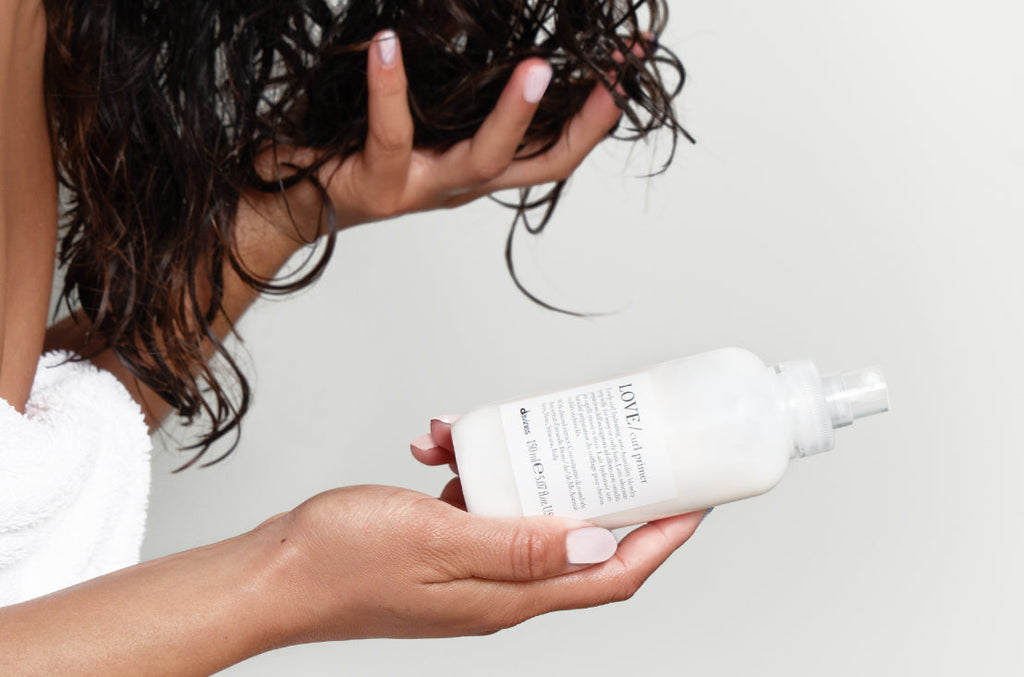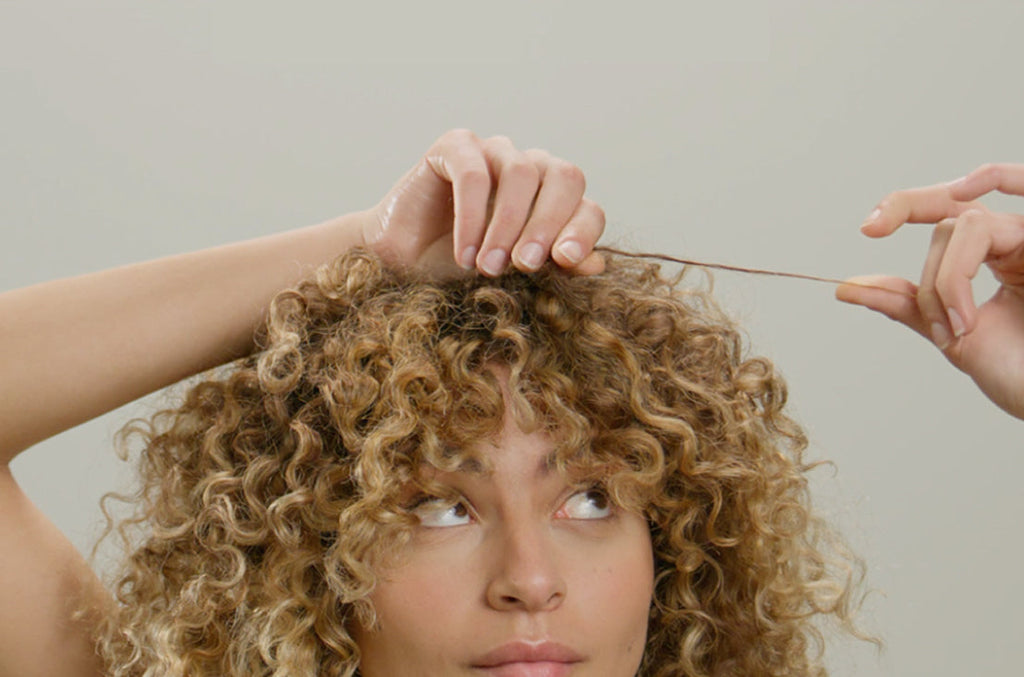Pay with Klarna
Free Carbon Neutral Shipping On Orders $75+, Plus Free Samples!
Pay with Klarna
Free Carbon Neutral Shipping On Orders $75+, Plus Free Samples!
As a longtime beauty lover who’s personal motto is “I’ll Try Anything Once,” I thought that I had perfected my haircare routine down to a science: shampoo, condition, mask weekly, use a leave-in heat protectant spray when I blow dry… no strand left untreated. But while looking into potential remedies for an unusually dry scalp, I came across the practice of oiling your hair as a beauty treatment — and realized I’d never actually tried it.
The natural oils that your sebaceous glands produce are essential to keeping your hair smooth, shiny, and healthy. But since every head of hair is different, you might occasionally benefit from adding hair oil into your beauty routine. Here are the main benefits of oiling your hair:
View this post on InstagramA post shared by Davines North America (@davinesnorthamerica) on
Now that I have you convinced on the benefits of hair oil, let’s discuss the different oils you can choose from.
I like products that are multifunction — because the less steps in a beauty routine, the better. Powered by deeply nourishing roucou oil and a blend of other beneficial ingredients, OI anti-frizz oil adds shine and softness to your hair, while also detangling and fighting frizz. Your hair is left nourished, hydrated, shiny and frizz-free, with added protection against environmental factors.
If you really want to streamline your skincare, haircare and even cooking routines, make sure you have some coconut oil in stock at all times! Packed with vitamins and fatty acids, coconut oil has some seriously impressive benefits for your hair: it penetrates the cuticle to nourish your scalp, lightly removing buildup to create the optimal condition for hair growth. If you’re looking to get healthier, longer and stronger looking hair, essentially every hair type can benefit from a coconut oil hair mask treatment.
Rich in minerals, vitamins and antioxidants, argan oil is another favorite of the beauty community to make your hair more elastic, shiny and healthy, while also preventing damage or split ends. The vitamin E in argan oil is the key to fixing damage from everyday pollution, free radicals, and the damage that can come from styling or chemical treatments.
Almond oil is an emollient that fills gaps present in your hair at the cellular level — meaning it can make your hair look noticeably healthier and smooth to the touch. And like other oils we’ve mentioned, the protein, fatty acids and vitamin E in almond oil will help transform dryness or damage: try a DIY almond oil hair mask to give your hair an amazing boost of extra nourishment, and get ready to see visibly healthier hair.
I like my hair treatments like I like my panzanella salad: covered in olive oil. Deliciousness aside, olive oil contains high amounts of emollient fatty acids that soften and smooth your hair. It also acts as a natural heat protectant for your hair, while nourishing damaged strands to leave you with more vibrant-looking locks.
photo by @karlibobarley
Grapeseed oil is an affordable way to nourish your hair — it’s rich in linoleic acid, which is essential to keep our major organs functioning properly. Not getting enough linoleic acid can lead to hair loss, dry skin and dry hair, so using this (plus the other naturally conditioning properties in grapeseed oil) can help you get shinier, more vibrant hair.
I’m a fan of Authentic Nourishing Oil — not only does it contain jojoba oil, but it also contains other naturally-derived oils such as eucalyptus, sunflower seed, bergamot fruit, and bitter orange. The real appeal? You can use this oil to nourish and hydrate your hair and skin.
Castor oil is another great choice to provide essential proteins and nutrients to your hair follicles, while also helping to combat inflammation or irritation on your scalp. By coating your hair in castor oil, you can help to give yourself glossier, shinier and healthier looking hair.
There are different ways to apply oil to your hair, but I like the approach of turning it into a relaxing, enjoyable ritual of self-care. And yes, this means a scalp massage!
Adding an essential oil to a “carrier” oil such as coconut oil is a nice way to upgrade your oil treatment. Lavender oil not only smells amazing, but its antimicrobial and antibacterial properties have also been known to help speed up hair growth. Peppermint oil’s signature tingling feeling boosts circulation to your scalp, and rosemary oil has been shown to help with hair thickness and growth in general, so these are two other great choices to add into your oil treatment routine. Just mix a few drops of the essential oil of your choice into carrier oil, massage into your scalp and enjoy a few minutes of indulgent self-care.
By Lauren Hannel, staff contributor
Subscribe
Sign up to hear about product recommendations, styling how-to's, tips & tricks, and more!
Plus, Free Shipping on your first order!
Join our newsletter to enjoy free shipping on your first order.
By submitting this form, you agree to receive the latest news, updates, promotions, and other marketing information from Davines North America, Inc. by email.



Leave a comment
Comments will be approved before showing up.